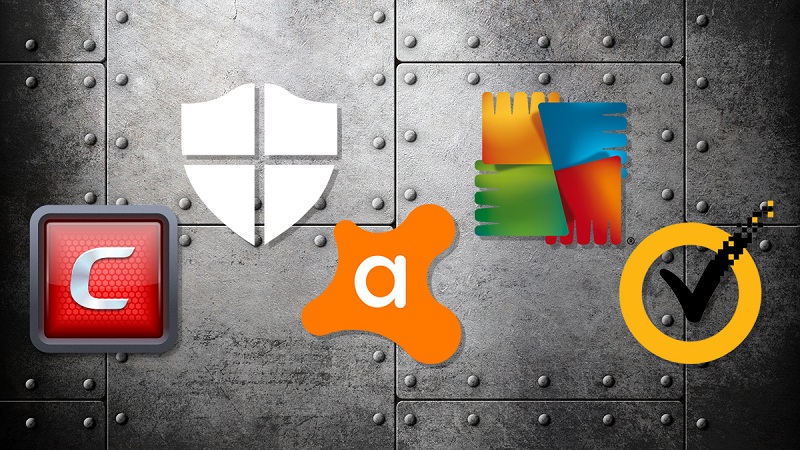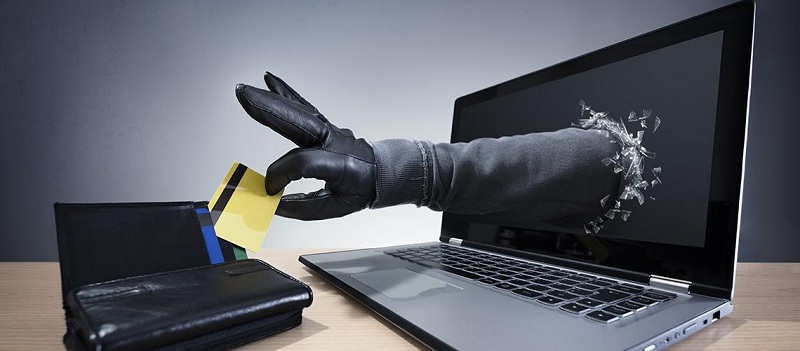Many PC users, especially those who use the Internet, are concerned about the issue of information security in order to protect personal data in the first place. It is not a secret for anyone that a huge number of scammers and hackers of various stripes who seek to take possession of your personal information in order to use it for their own selfish purposes have divorced in the open spaces of the network.
Consider measures that will protect personal data and computer on it from the encroachments of ill-wishers.

1 Create a strong password.
Which password is stronger Yes; this is the simplest rule to protect personal data. But the majority of users for some reason neglect this truth.
You do not need to specify as a password something like 12345, your date of birth, and indeed, any words that are easy to pick up with the help of special software (programs for selecting passwords).
The question arises: which password is stronger? You can use a password generator. The main thing is not just to pick up the most reliable password, but also to save it, for example, by writing down a notepad or in a notebook.
An ideal password should consist of at least 9 characters and be an unrelated sequence of numbers and letters. It is also not recommended to use the same passwords on different sites and within the system.

2 Install a good antivirus on your computer
What is an antivirus for? What is an antivirus for? It can prevent most threats from entering the system – viruses, Trojans, keyloggers, etc.
For example, you can use Defender for licensed Windows 8.1.
In addition to the standard antivirus installed on the computer (in addition, and NOT instead of the antivirus), you can use a portable utility to check the system.
A good option would be Dr.Web CureIt! which is better to use on your computer in safe mode.

3 Connect the confirmation of the mobile phone for the account (for the account)
Add mobile authentication to your accounts in important services (authorization confirmation by entering a code from a mobile phone).
Even if an attacker can gain access to a computer, takes possession of a username and password, he cannot get into your account without a SIM card with an associated number. In this way, it is easy to protect personal data such as accounts in popular payment systems, pages on social networks, e-mail, etc.
Also, using a mobile phone that is tied to an account, it is easier to restore access to an account if there are problems with this.
Mobile phone confirmation Do not use a single email account for all cases in life: for cash transactions, for social networks, for subscribing to various newsletters and for personal correspondence. For example, in this way you can use a Yandex account: for Yandex. Money, for subscribing to mailing lists, for registering in social networks, and so on. This is a bad decision.
A good solution would be, for example, a separate account for Yandex. Money, which is not exposed anywhere on the Internet and will be used ONLY for monetary transactions. Confirmation of a mobile phone for a Yandex. Money account is highly desirable. For other purposes, you can create another Yandex.account and subscribe to newsletters and enter and display this e-mail on the Internet somewhere else.

4 Try to use only fresh software.
There is no program that works 100% perfect. Everywhere you can find any shortcomings, vulnerabilities, which are used by scammers and hackers.
software update required, For example, a vulnerability was found in the Google Chrome browser that allows you to remotely install your own applications on a user’s device.
The good news is that software developers usually release updates and all sorts of patches that increase productivity and eliminate security gaps.

5. Do not click on dubious links and do not transfer your account data to bogus employees of banks, Yandex, etc.
Happens due to the user’s fault Probably the most important thing. Do not forget that the majority of hacks and data thefts occur through the fault of the PC user.
If you want to save information and money in e-wallets, do not need to enter your data on dubious resources.
Always pay attention to what is in the address bar of the browser. Scammers often mimic the interface of popular resources to get logins and passwords of inattentive users. All of this should be taken into account.
So, below, using the content of the article, go through the checklist and check what can be done in order to protect personal data.






